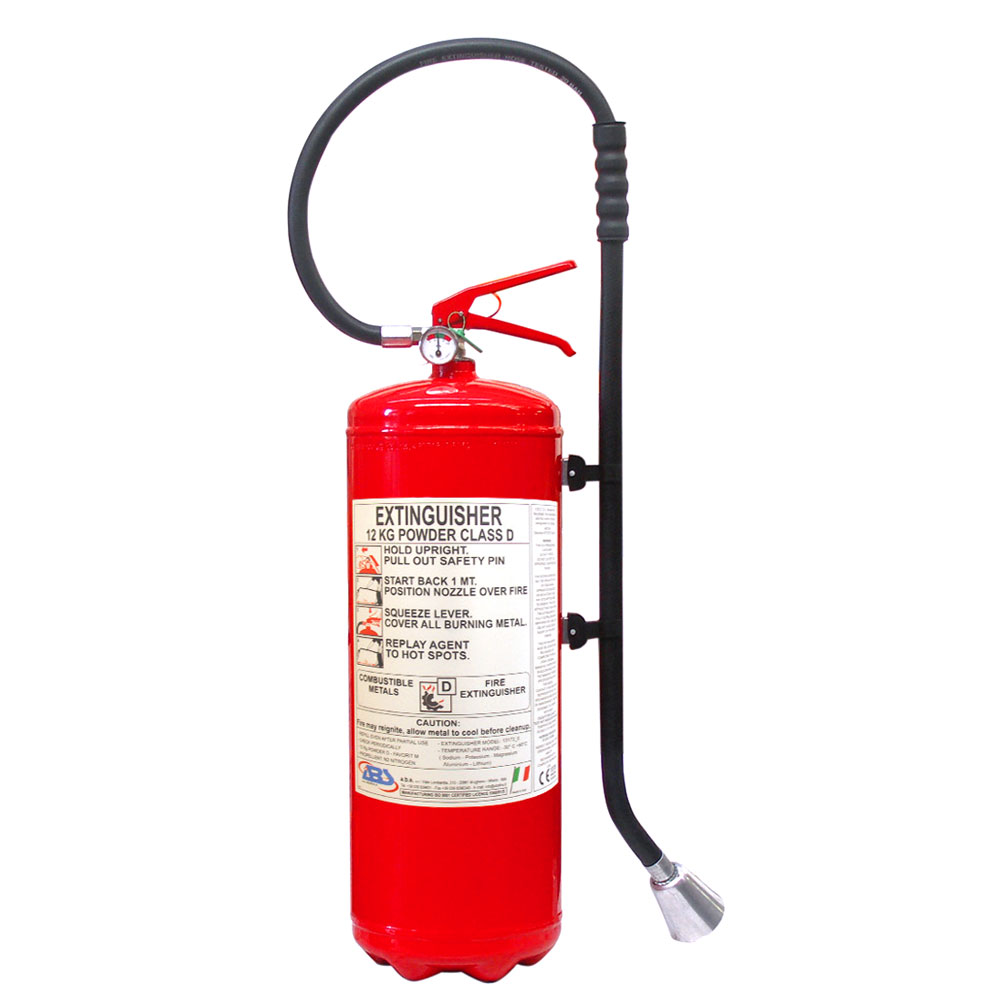Description
ABS 12KG Class D fire extinguisher are used specifically for metal fires. Pressurized fire extinguishers such as powder or foam types will not only be able to put out class D fire but will cause the fire to splash and grow faster. The Class D fire extinguisher works by burying the fire. Powder slowly falls off the applicator with a cup end. The cup intentionally forces the powder to spread over a smaller surface area rather than a larger area. This burial cuts off the oxygen from the fire and effectively stops it.
Where can I use this fire extinguisher?
The ABS 12KG Class D powder is usually sited at factories where metals are handled. This can also include scrap yard where scrap metals are being separated and processed.
What type of fire can I use this fire extinguisher for?
This fire extinguisher has specifically been tested for lithium, sodium, calcium, zinc and aluminum metal fires. In theory, it should also work for other metal fires as well as it works by burial and starvation of oxygen.
 |
Class D Class D fires which are metal fires. |
How to use a fire extinguisher?
Before you use a fire extinguisher, always ensure you have an escape route. If you have to use a fire extinguisher, do so at a safe distance. When in doubt, always choose to run. Even professional fire fighters in full fire resistant suits have been trained to never put their own lives at risk.
This fire extinguisher does not use the usual PASS method. Operators in the hazard area have to be informed on how to use this fire extinguisher. The aim is to bury the fire in class D powder.
You can also read the instruction label on the fire extinguisher.
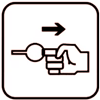 |
1. Pull the safety pin | |
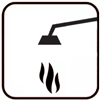 |
2. Position the applicator nozzle above the fire | |
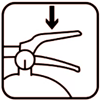 |
3. Squeeze the lever | |
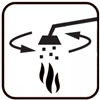 |
4. Allow the class D powder to fall on the fire in a circular manner. |
How do I maintain a fire extinguisher?
According to the Singapore Fire Code, all non-personal use fire extinguishers must be maintained annually by a trained technician of a workshop registered with SCDF. You are able to make an appointment with Fire Armour to service your fire extinguishers.
Does this fire extinguisher expire?
Fire extinguishers do not expire like food. Every 5 years, fire extinguishers are to undergo a full pressure test. In theory, if the fire extinguisher were to undergo a full pressure test every 5 years and assuming it has been kept in a reasonably clean environment, it can last indefinitely. However, this is rare in reality as it is simply more economical to purchase a new piece every 5 years.
As SCDF requires all fire extinguishers to be maintained annually, a one year expiry sticker is affixed to every fire extinguisher that we sell. When the date has lapsed, it does not mean that the fire extinguisher has to be disposed. Instead, simply bring it to us here to service your fire extinguishers and the expiry date can be extended. This rule does not affect fire extinguisher that are for personal use.
Specifications
| Capacity | 12KG |
| Agent | Class D Powder |
| Propellant | N2 |
| Cylinder Diameter | 190mm |
| Total Height | 660mm |
| Total Weight | 17.9KG |
| Operating Temp | -30 - 60 Deg C |
| Working Pressure | 10 Bar |
| Testing Pressure | 26 Bar |
| Part No | FEM-AB-M12 |
*Due to constant improvements, product specification may differ slightly.

